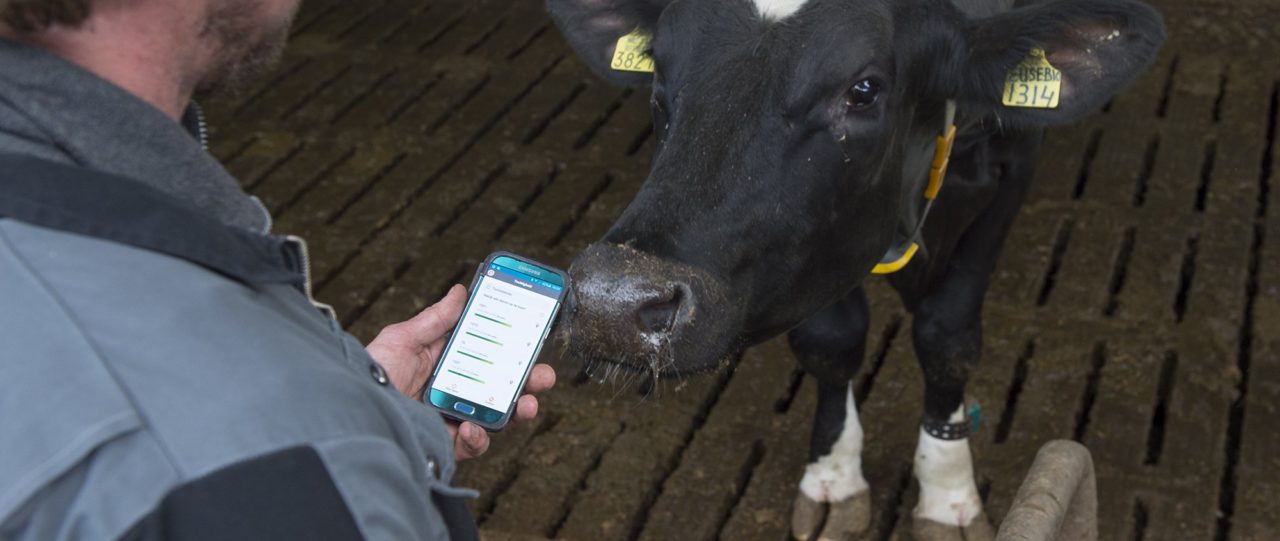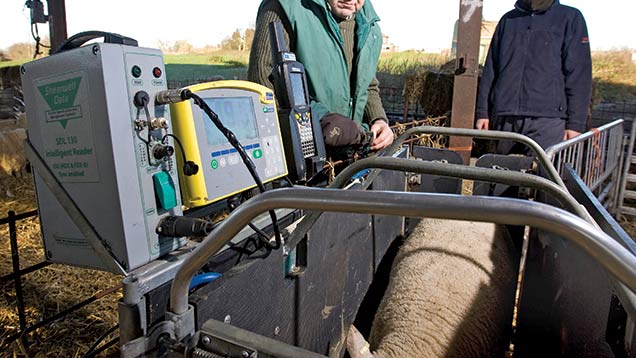Producers can either manually capture mass information or use a computerised system to automatically record data. It does not really matter what system is used as long as the data can be presented in an easily understandable and relevant manner.
Another important factor that must always be considered when selecting or implementing a mass recordkeeping system is the need for the collection of historical data. When we look at historical data, we think about the need of the producer to be able to judge the performance of certain feedlot and other production practices against previous conditions. If the producer does not have historical data of previous mass recordings, he will not be able to judge the effect that changes in the production process have had on the productivity or profitability of the enterprise.
Manual Recordkeeping
When using a manual recordkeeping system, it is critical that the correct information is collected and recorded. If for instance a mistake is made, and the wrong mass is linked to the wrong ear tag number a producer may implement processes and treatments that are inappropriate and the results can cause severe financial losses to the enterprise.
Manual recordkeeping systems, by their nature, are also more likely to be influenced by human error. It is therefore important that the persons responsible for the collection of the information and the maintenance of the recordkeeping system are well trained and highly motivated.
In most instances, a producer will make use of a combination of manual and computerised recordkeeping, with the mass results being captured on a computerised system after it was manually obtained in the field during the weighing process.
This process unfortunately allows for another area where the human factor can have a big influence. If the data capture is tired or not concentrating mistakes can easily be made and the wrong mass is entered against the wrong numbers. It is therefore important that a cross-check system during which data is verified by another member of the staff is introduced and implemented to ensure that the data is captured accurately and that mistakes are minimised.
 |
 |
Computerised Recordkeeping
In the previous section, we discussed the manual recordkeeping process and highlighted the problem associated with this system. It is due to this human factor that the use of fully computerised systems is gaining in popularity.
Most systems available to the farmer today will comprise a full livestock management system whereby cattle are tagged using EDI tags. These tags identify all the individuals in the herd separately and a wide range of information concerning treatments etcetera can then easily be stored and captured. This allows a farmer to identify all the processes and treatments that a certain individual has undergone easily and effectively and thereby increases the productivity and decision-making capabilities of the producer.
Although a fully computerised recordkeeping system removes a lot of the risk of human errors creeping in, the system is still only as good as the operator. It is critical that operators are well trained and motivated, and that a cross-check system is put in place whereby all entries can be double-checked and verified.
Another important factor when working with any computerised system is that information on the system must be backed up regularly. Backing up information should be a set procedure with back-ups done weekly on a separate hard drive stored in a different part of the facility.
  |